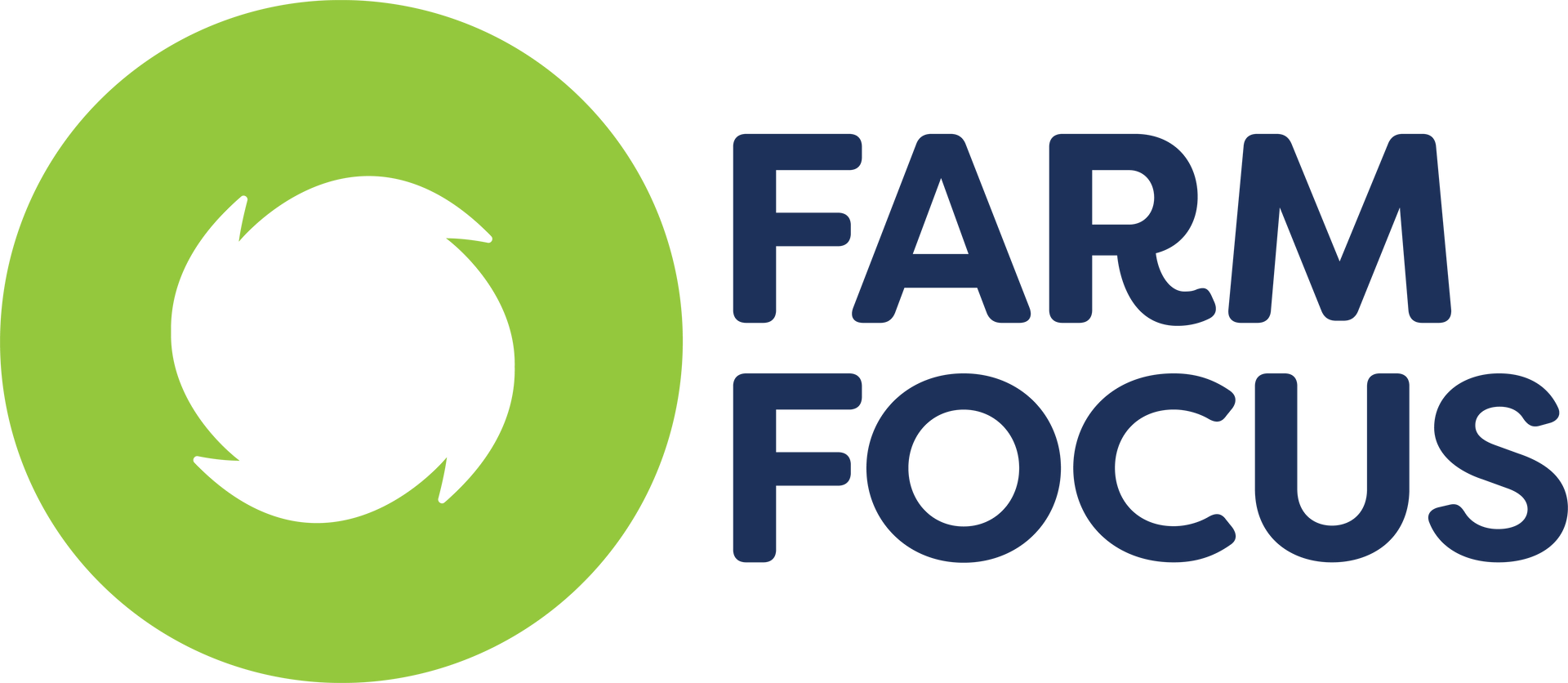People in business generally don’t like paying tax
As a sequel to the "Some past outrageous tax expense claims" article that I wrote earlier, I thought it was important to complete the picture.
People in business generally don't like paying tax – but if you are not paying tax you are simply not making money!
The New Zealand thought process is "If we can just sneak a few more tax deductions, or just reduce that tax bill just a little more, I feel like I'm winning".
Let's say you sneak through about $3,000 of extra expenses that are potentially 'dodgy' and don't really relate to the business, and are more of a private nature. To be claimable expenses must meet Section DA 1 (Income Tax Act 2007): The General Permission Test – expenditure incurred in deriving business income; or they are unclaimable as they fall under Section DA 2: The Private Limitation Test – that is the expenditure is of a private or domestic nature.
The question is "What happens when you get found out?" Now the IRD can go back generally four years, so whilst we are in 2015, the IRD can go back four years, so four years for a March balance date will take you right back to 1 April 2011. Let's say you made a claim in 2011 for $3,000, and the tax benefit was around $990. So you saved $990 of tax four years ago. If you get caught out you might think – "Fair enough, I'll pay the $990 back". Sadly, that is not where the situation ends. There will likely be shortfall penalties applied. A shortfall penalty, when applied, is a percentage of the tax shortfall, a deficit or understatement of tax, resulting from certain actions of the tax payer, which includes making claims that are not accepted.
There are five categories of fault or breach, with a specified penalty rate for each category.
| If the breach is: |
Then the standard penalty, percentage of tax shortfall is:
|
| Lack of reasonable care |
20% |
| Unacceptable tax position |
20% |
| Gross carelessness |
40% |
| Abusive tax position |
100% |
| Tax evasion |
150% |
So the penalty increases in proportion to the seriousness of the breach.
Therefore, depending on the type of claim made, there could be a 20% to 150% penalty on the original tax outstanding. So, for instance, if it was an abusive tax position, the $990 now becomes $1,980. But like late night infomercials ~ but wait there's more! Not only is a shortfall penalty incurred, but there will also be use of money interest charged, which will be applied on the shortfall of tax and on the penalty applied.
Use of money interest is currently charged at 9.21%, and has fluctuated over the last four year. If 8% is used as the average over the last four years, the shortfall tax and penalties on the now disallowed claim you made four years ago would now be sitting at $2,694, which is almost as much as the original claim itself.
That is why when we are preparing annual accounts, we review certain expenditures, especially in the areas of repairs and maintenance, which is always an area of increased scrutiny by the Inland Revenue Department, to ensure that if reviewed, the position of shortfall tax and penalties is not a burden that you will have to face.
Once again, the area of taxation is complex, and if in doubt, it pays to check and ask your accountant ~ someone who knows.







